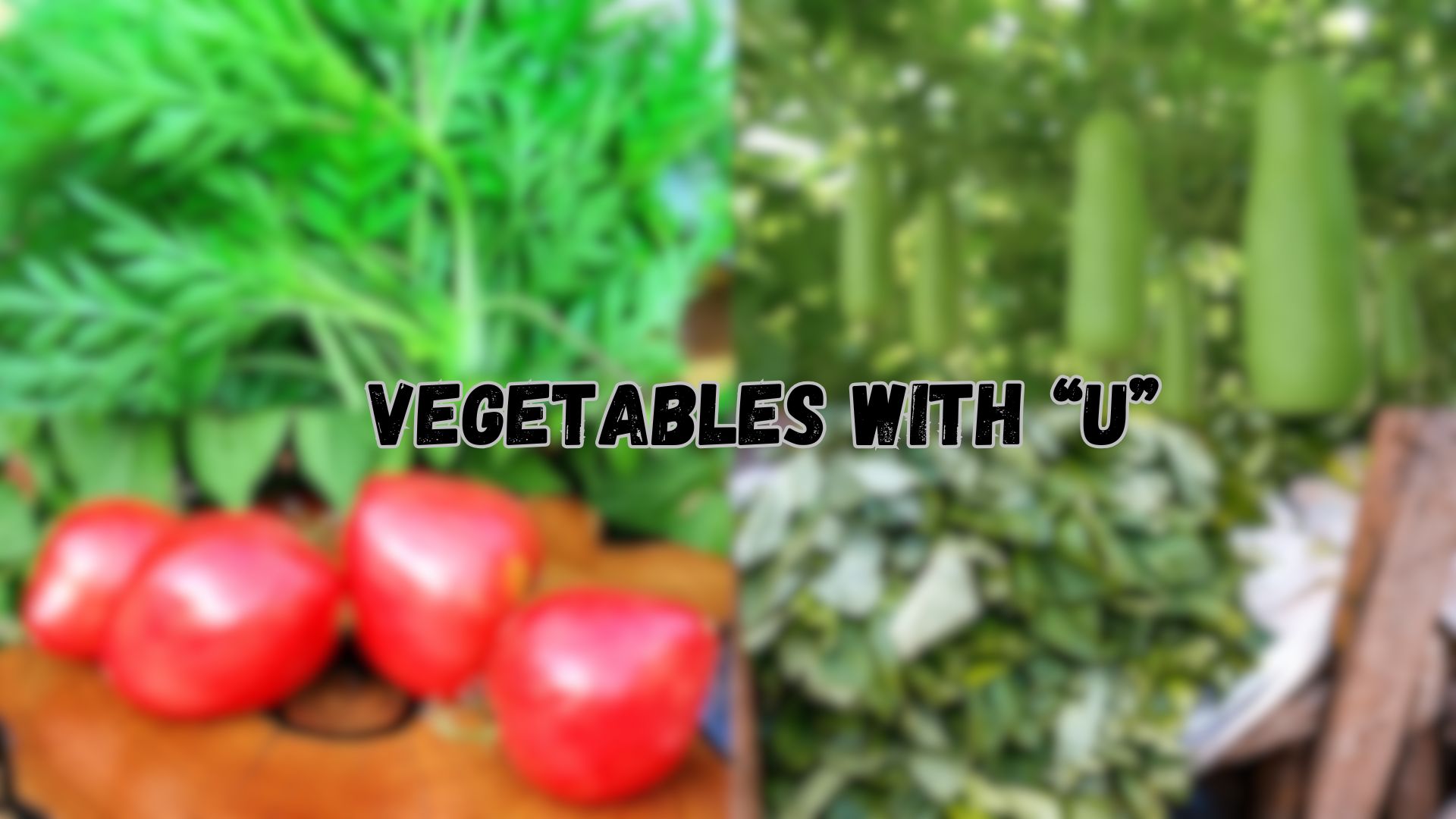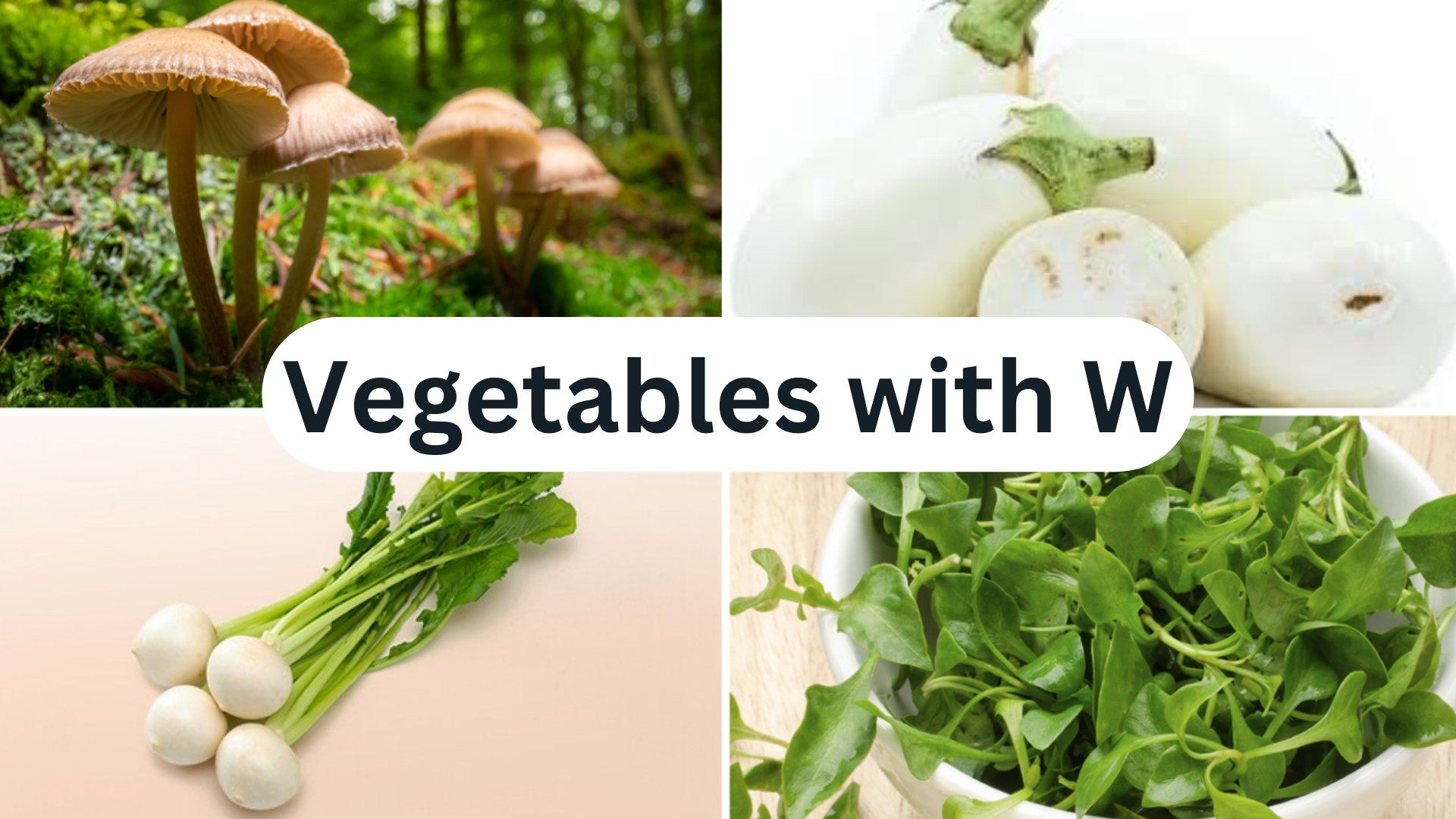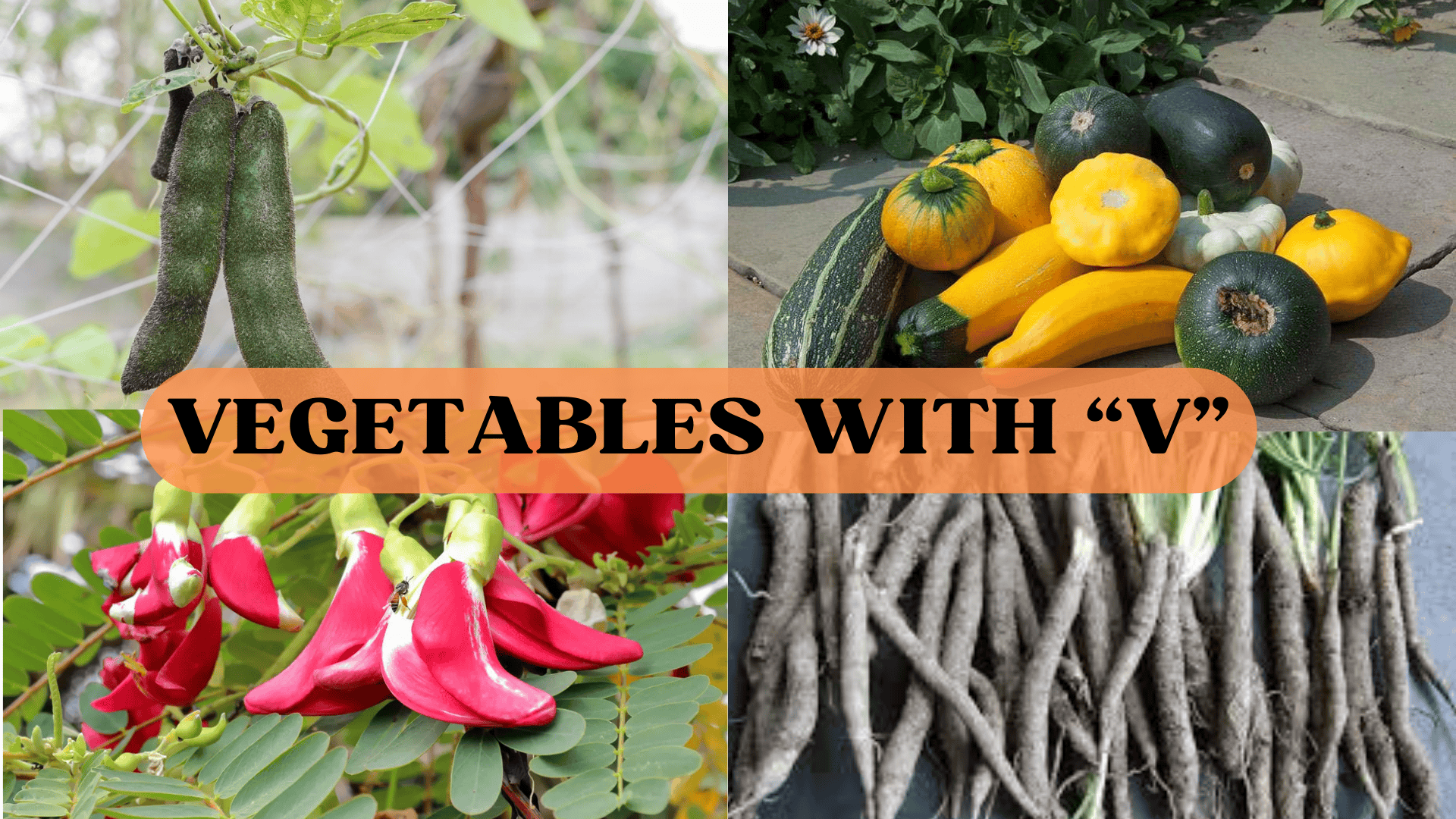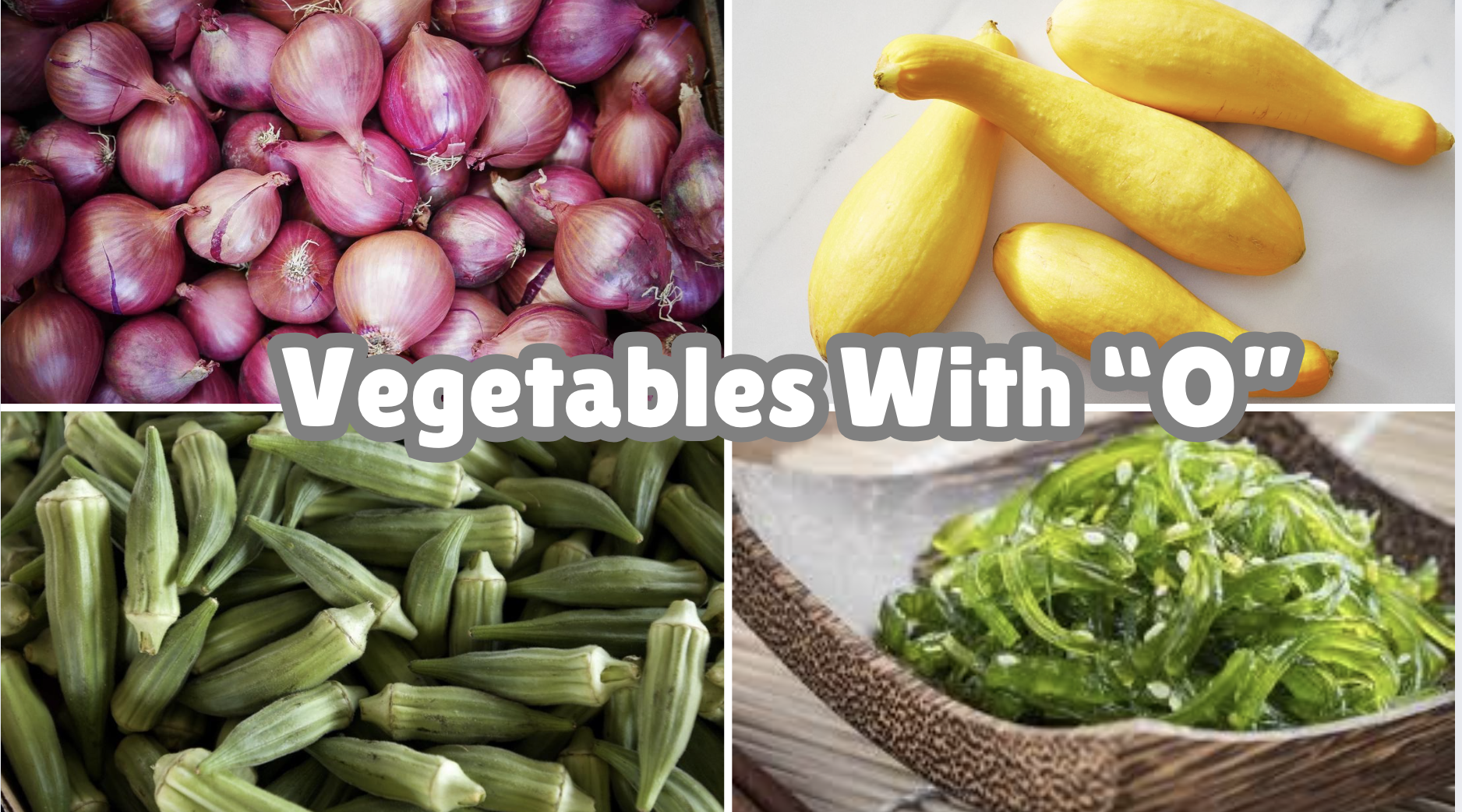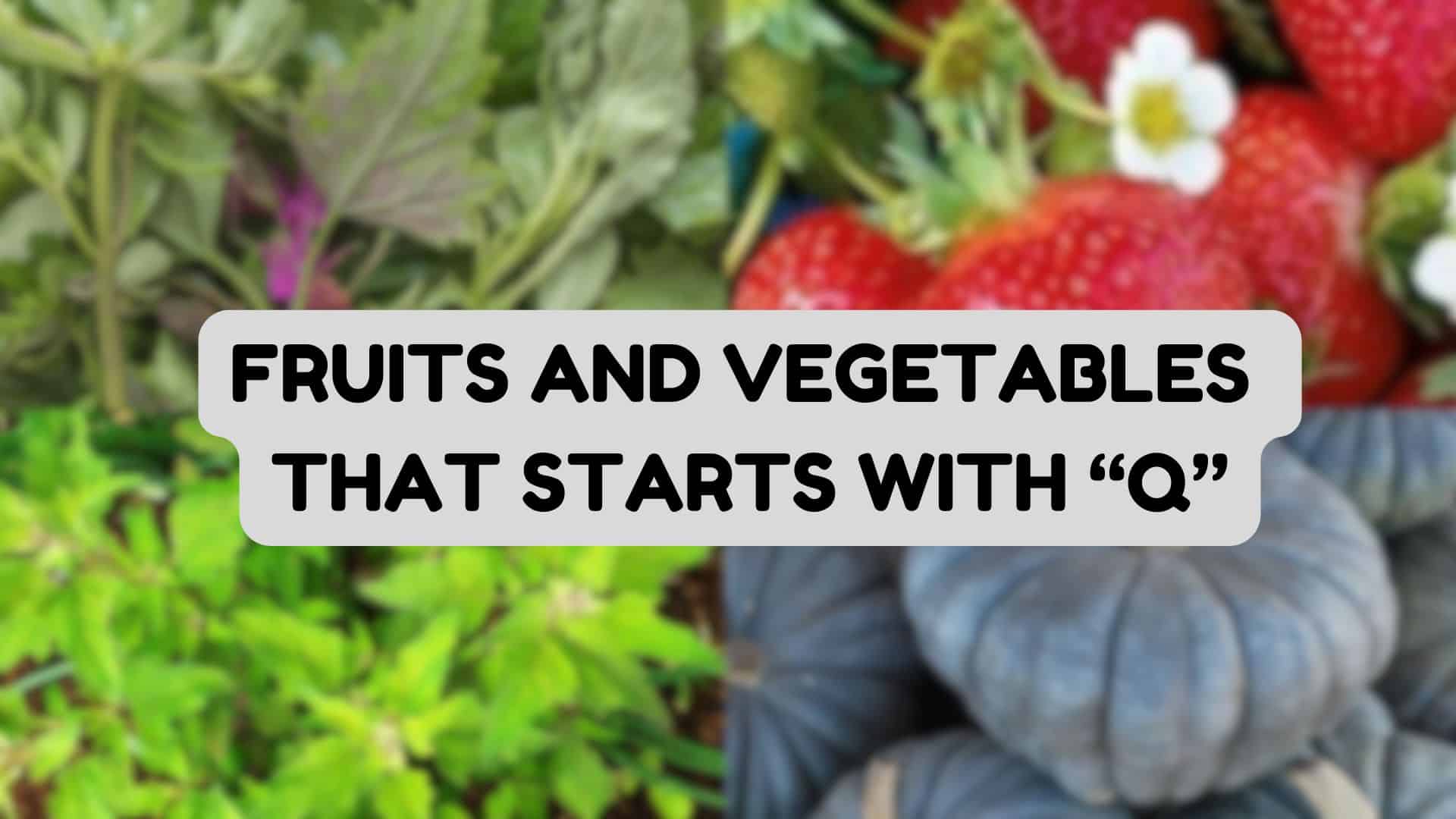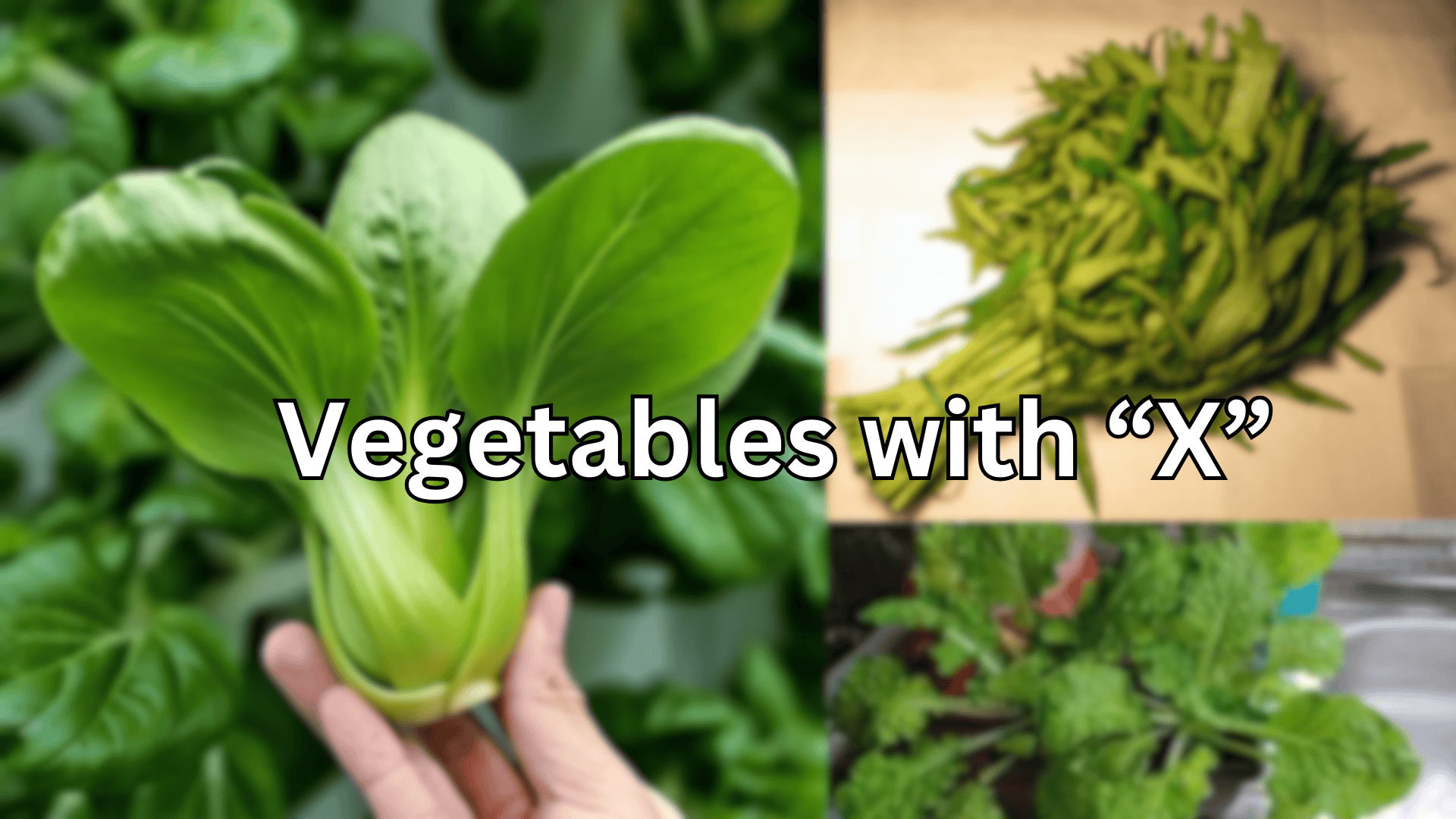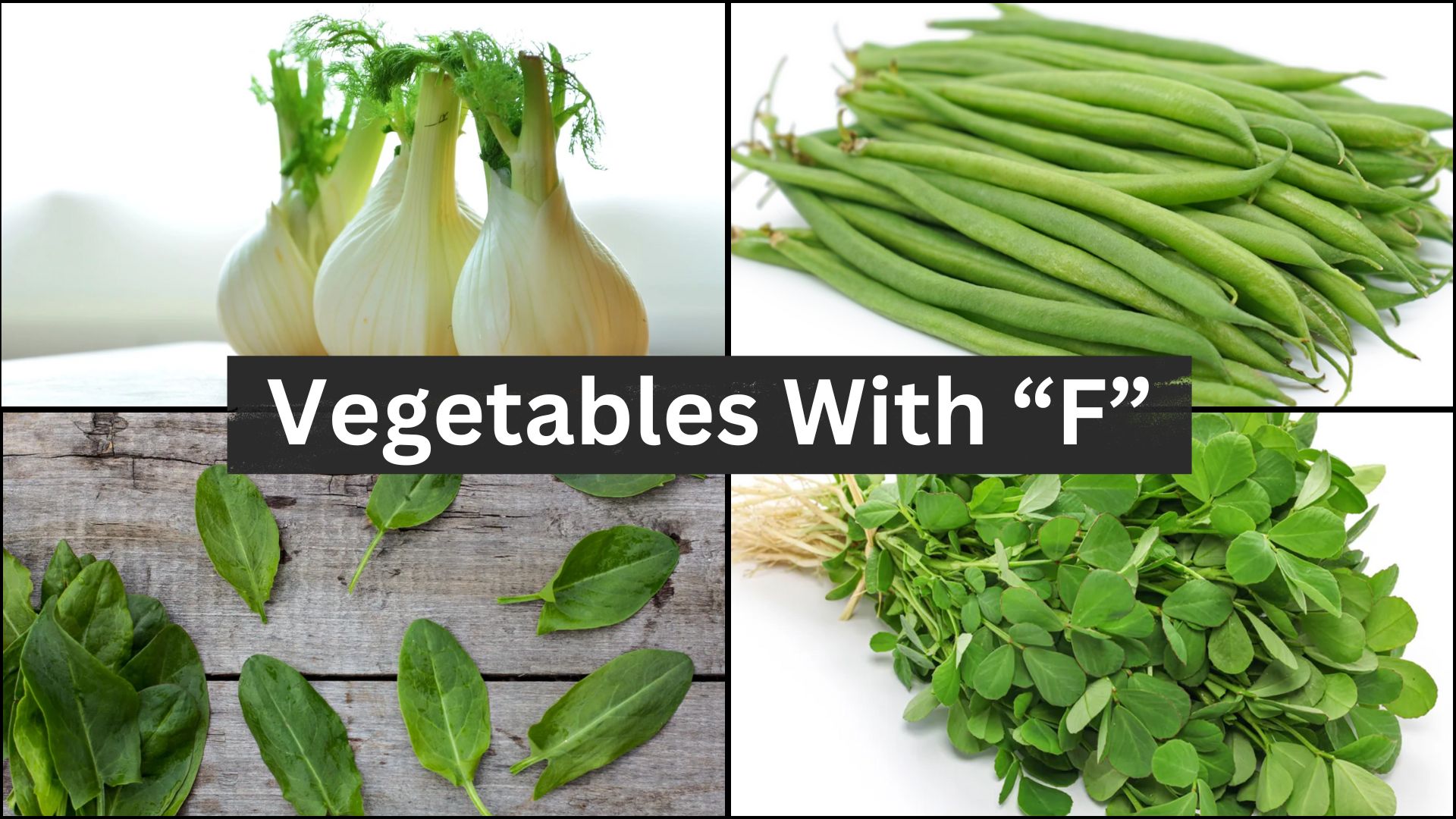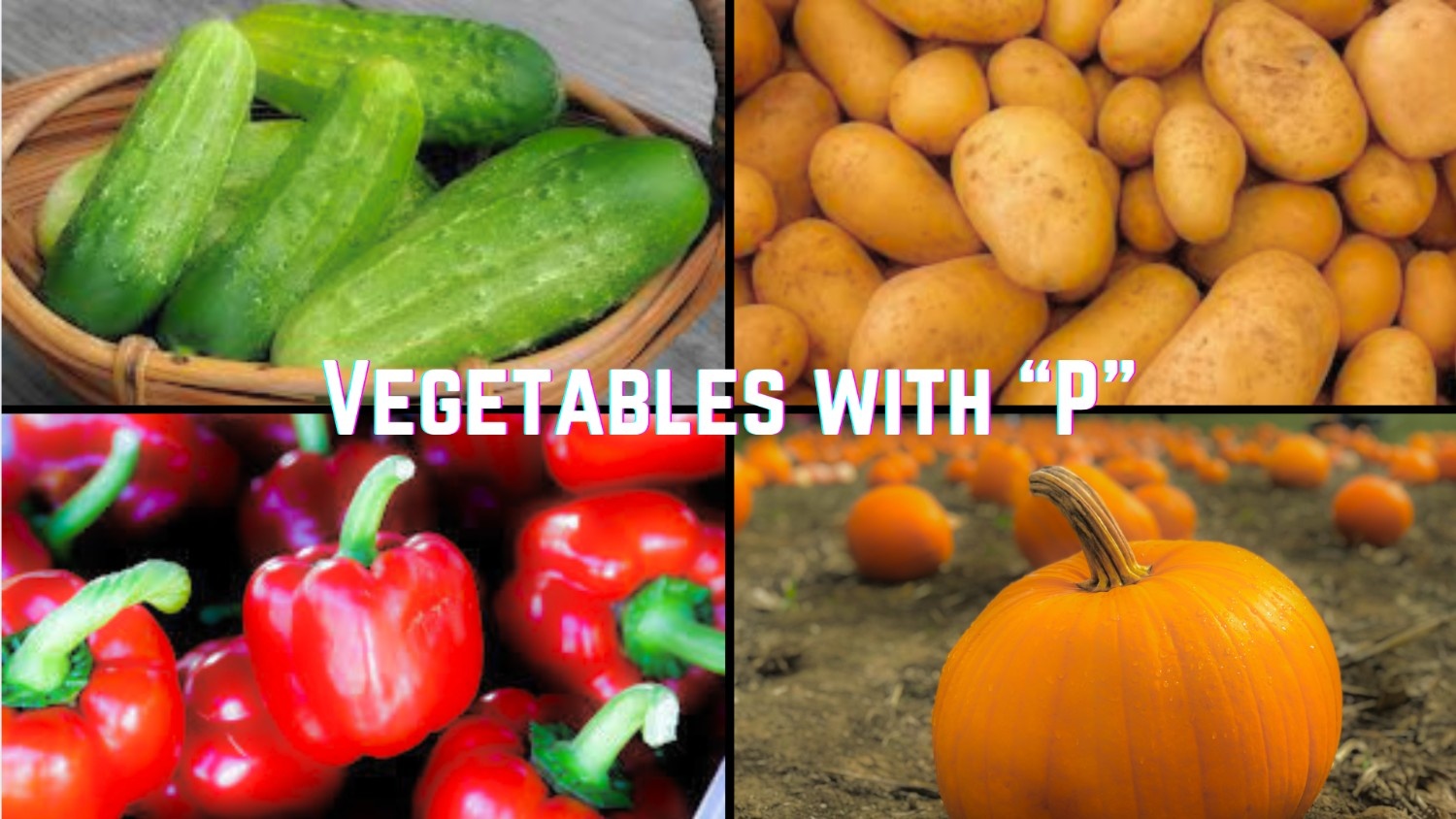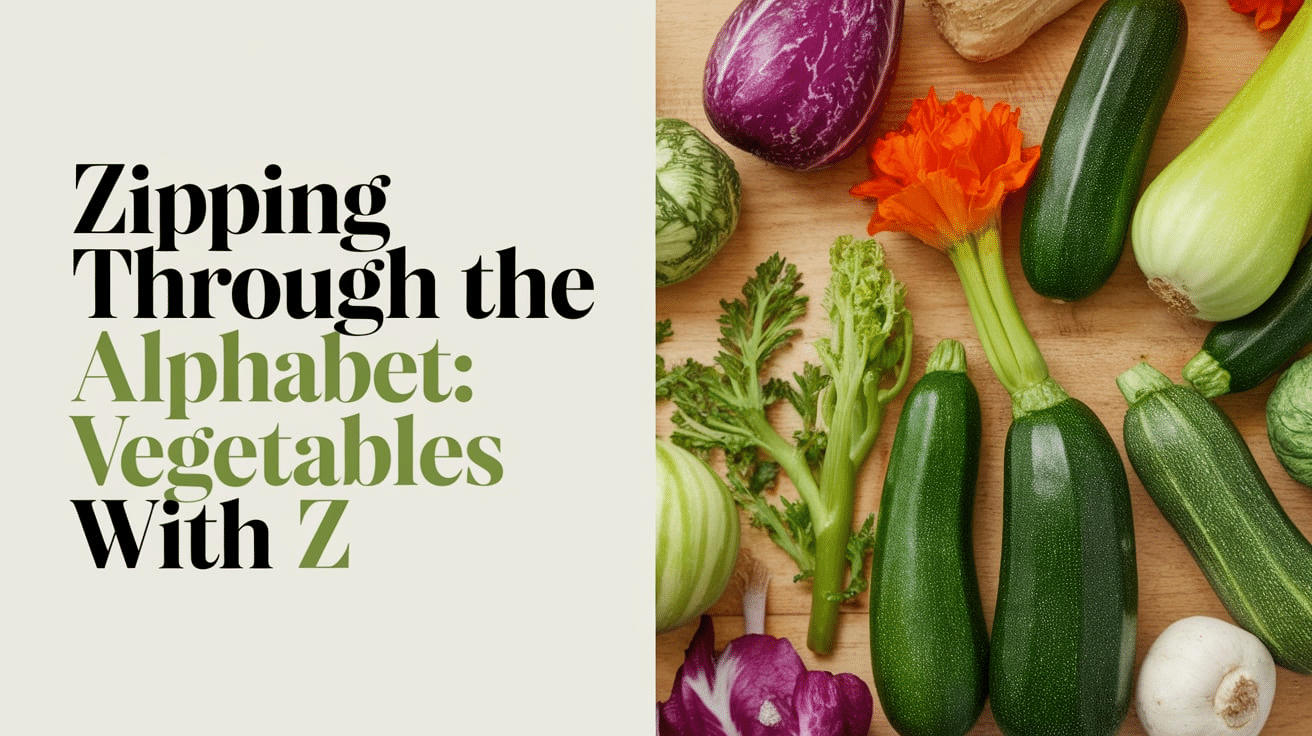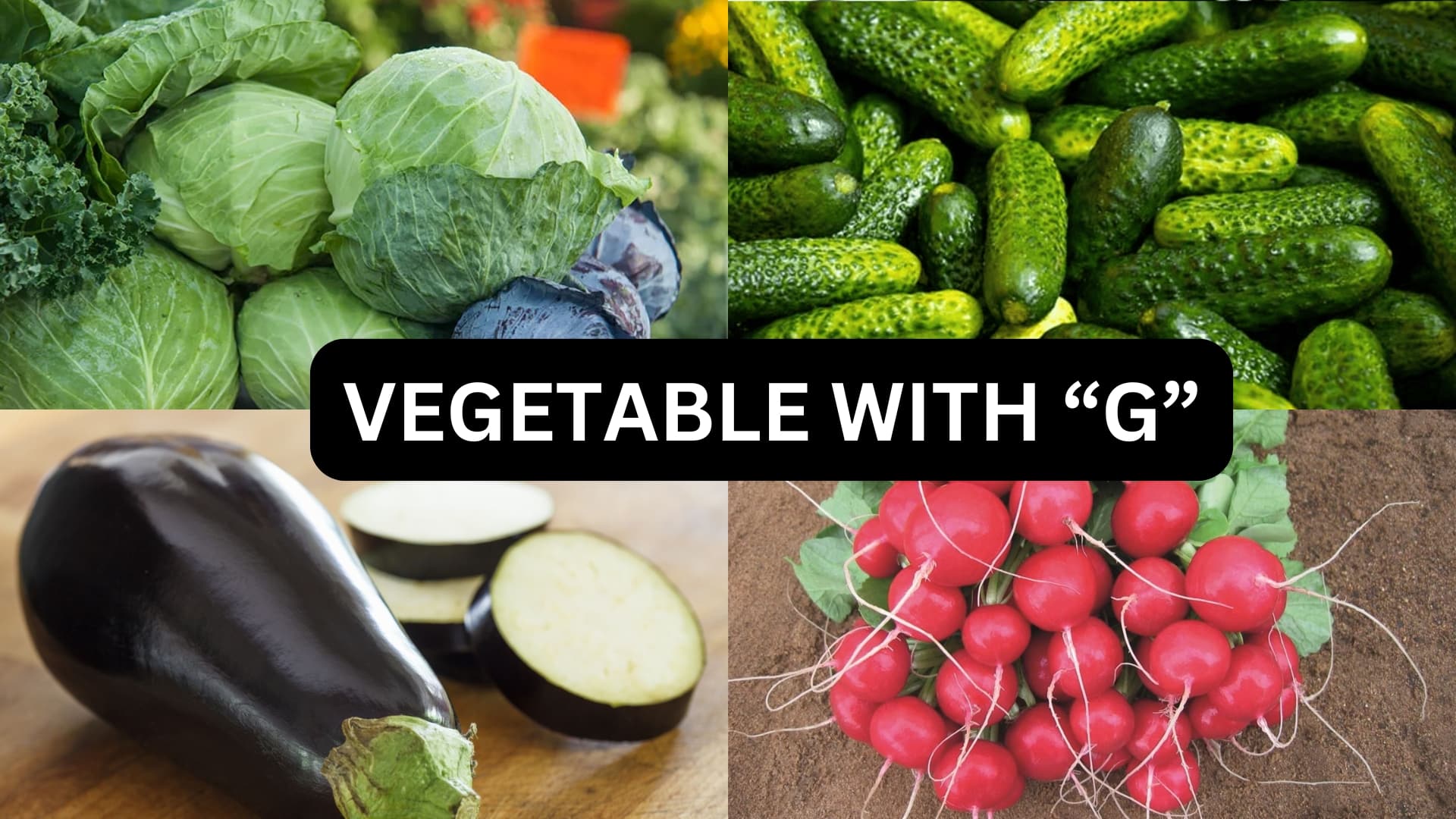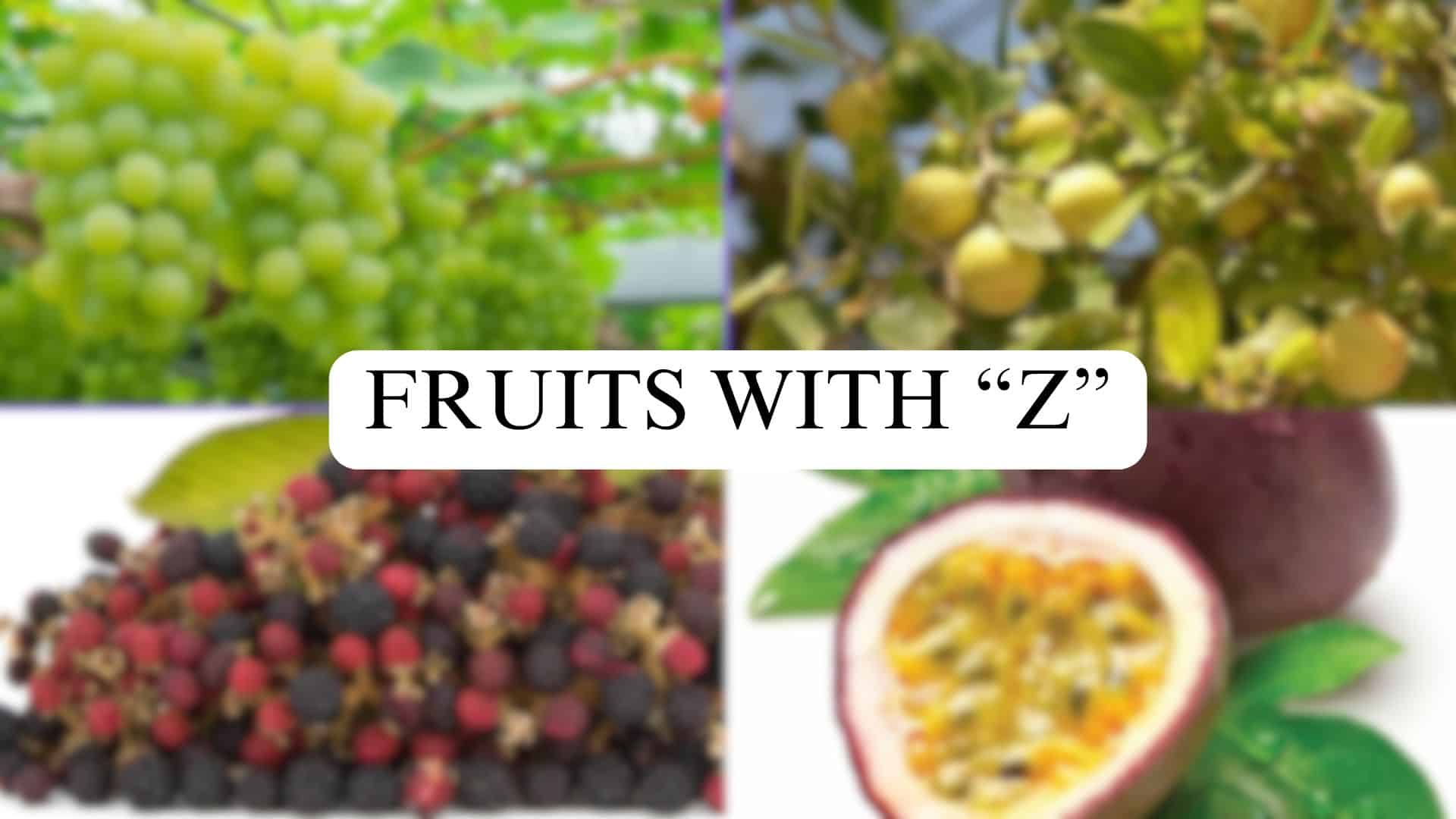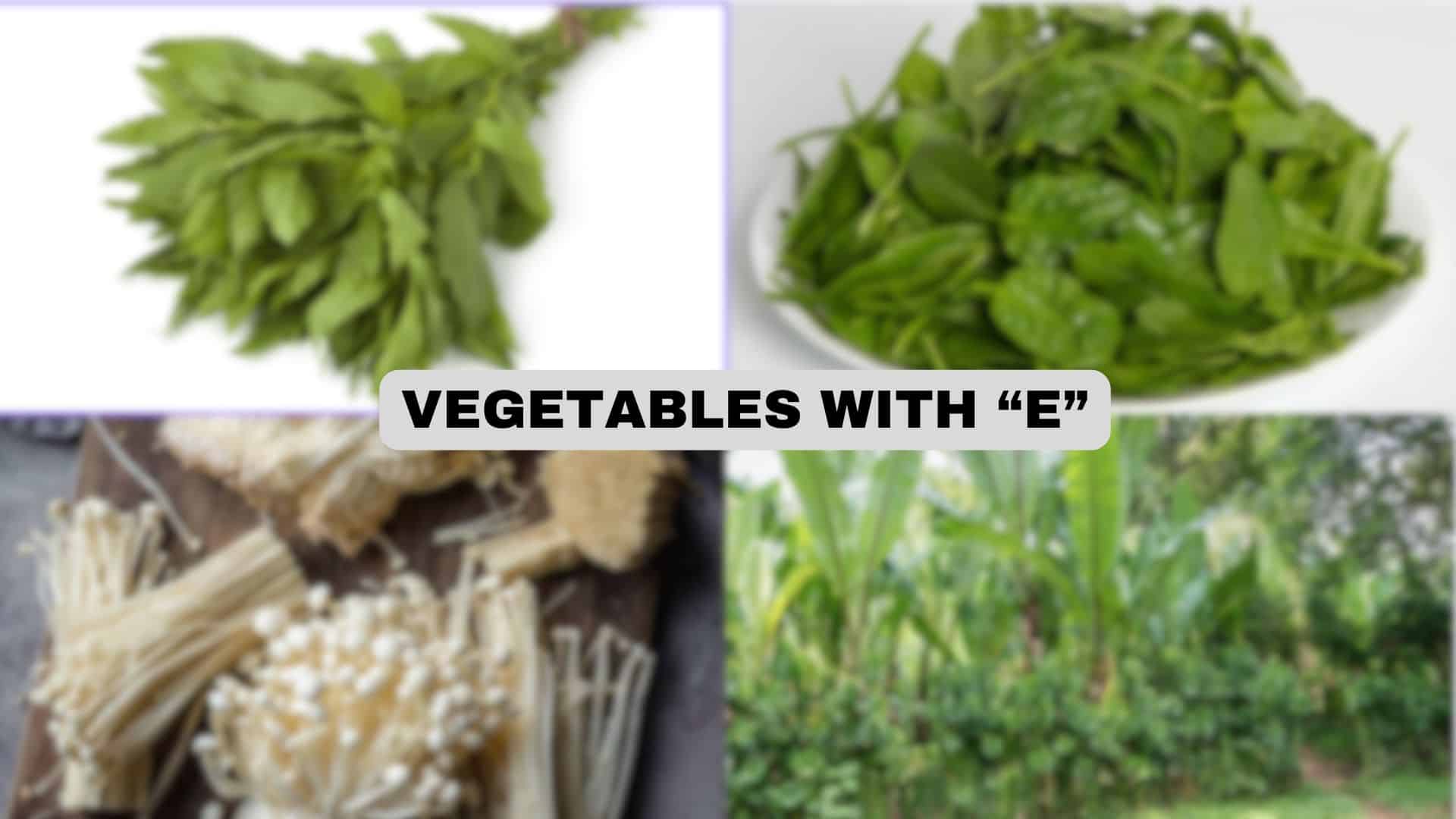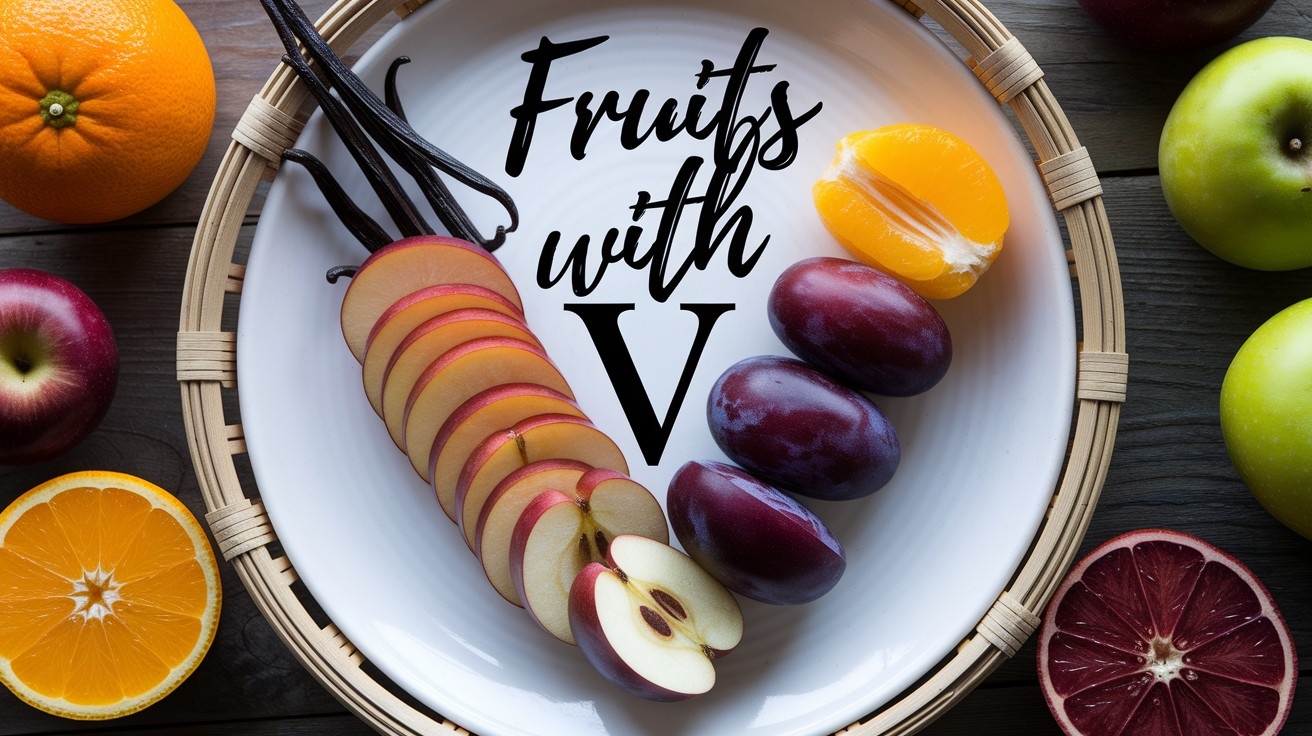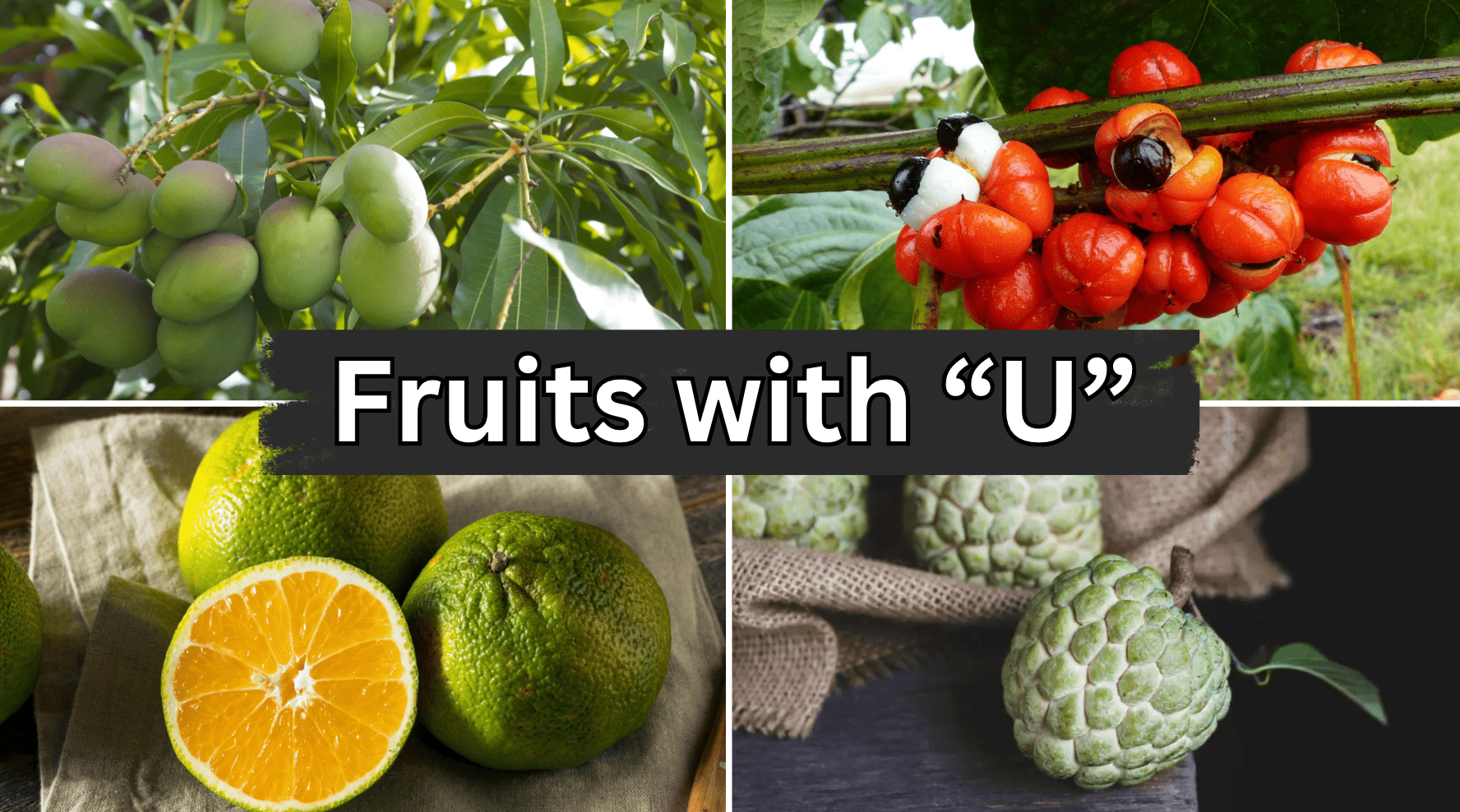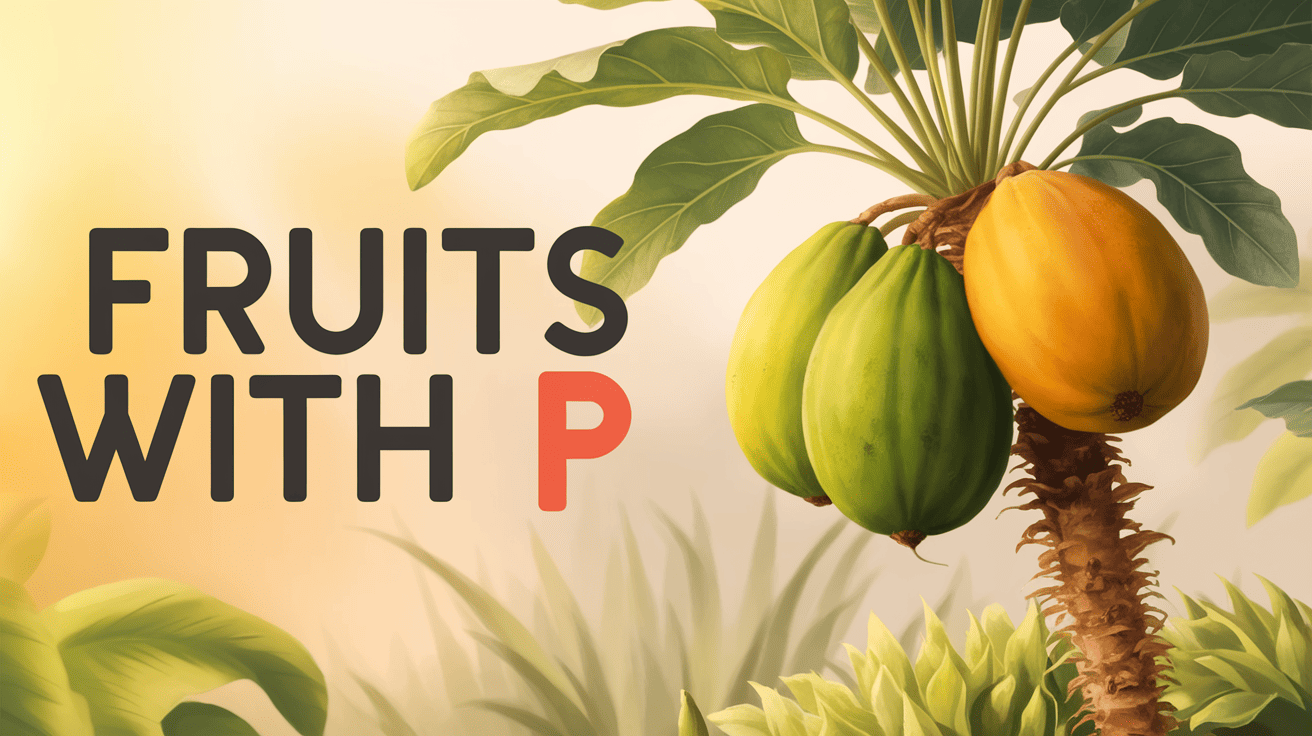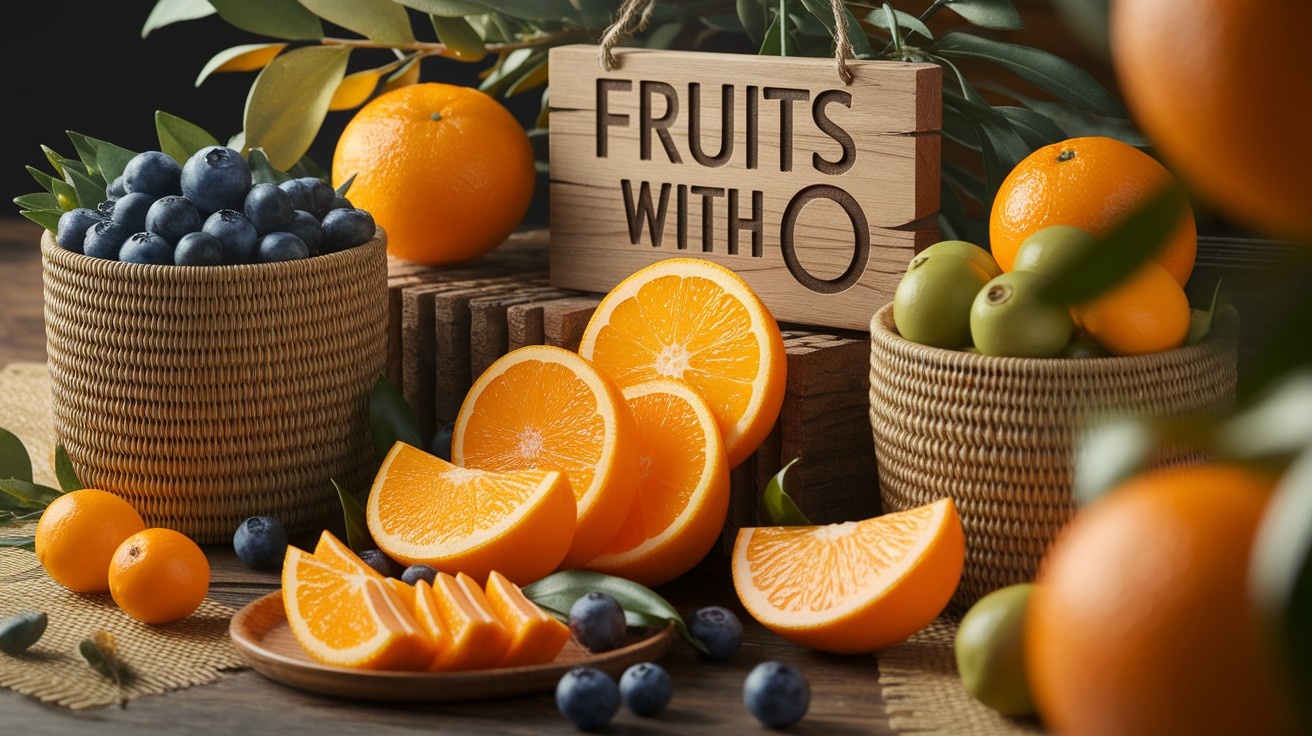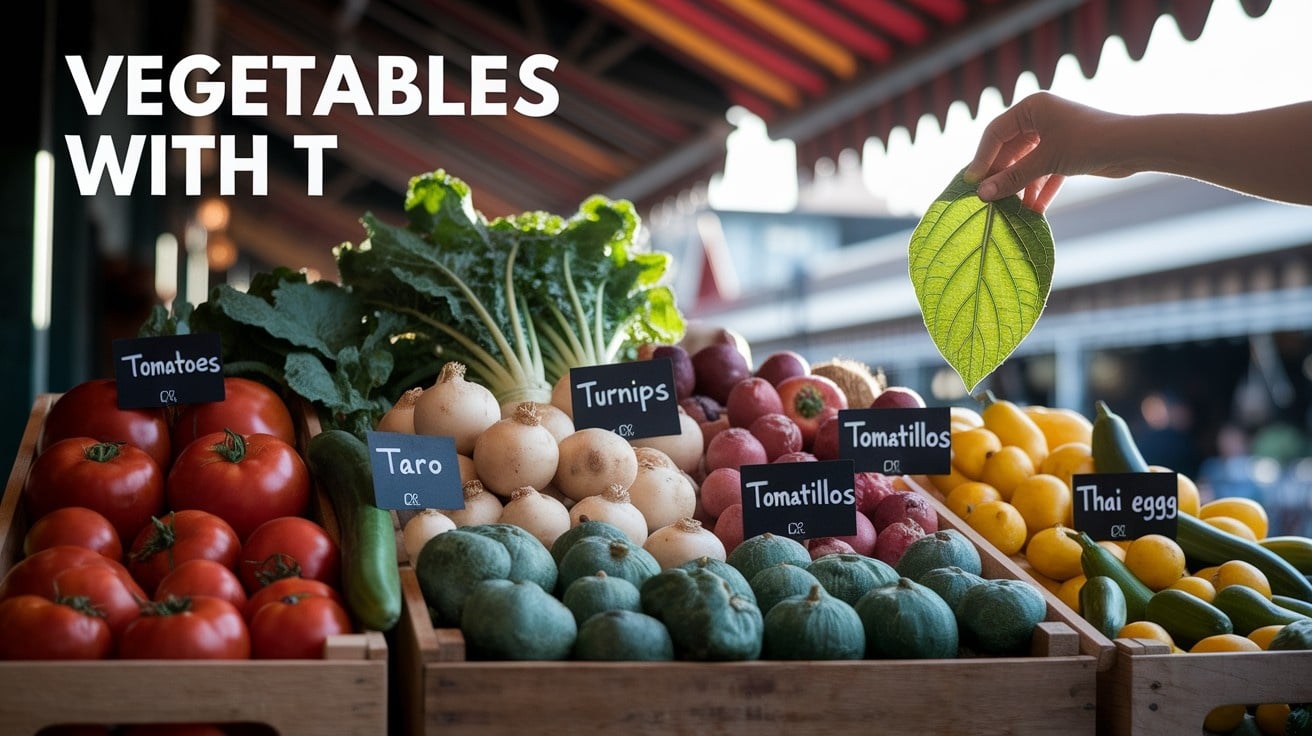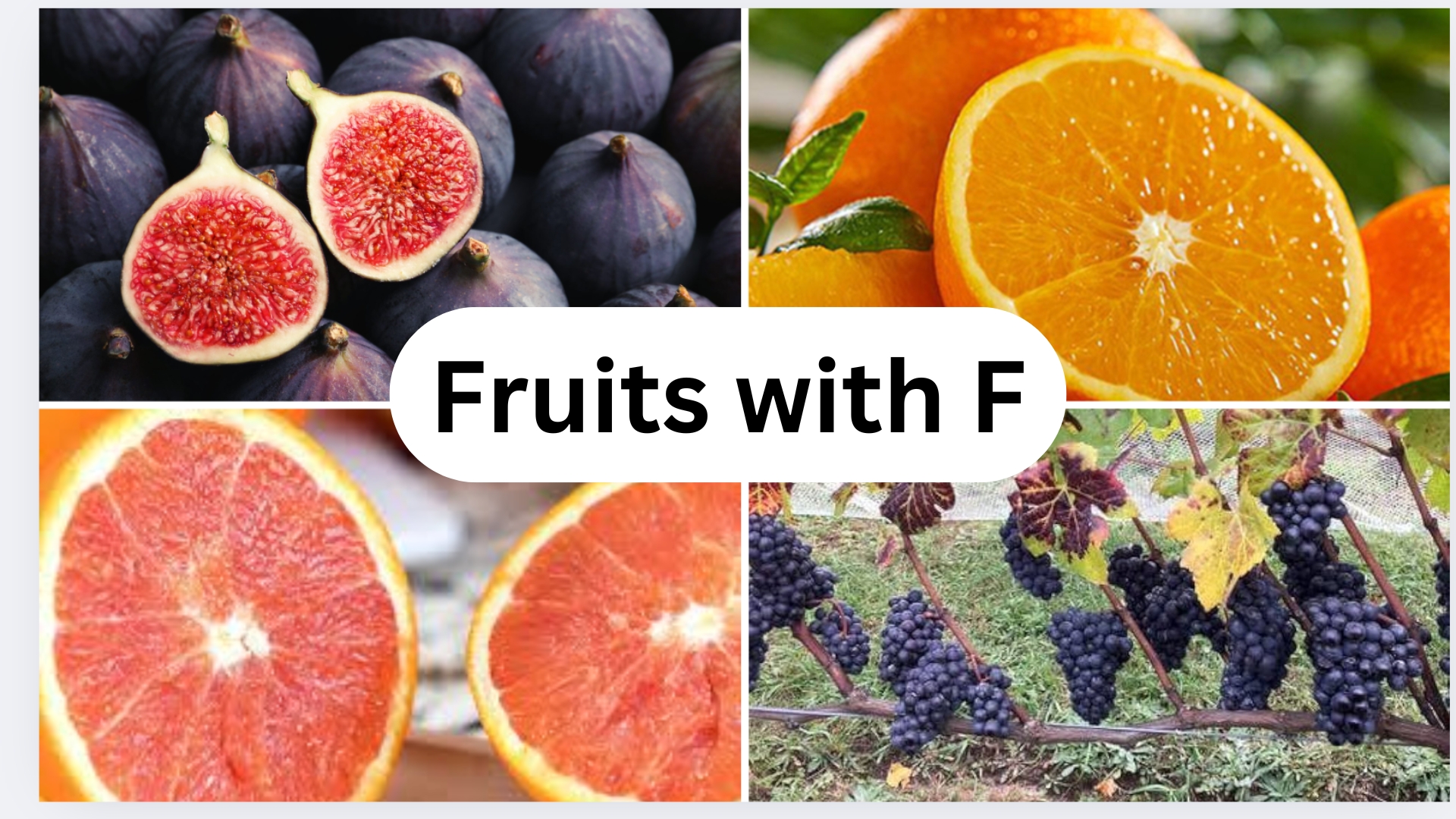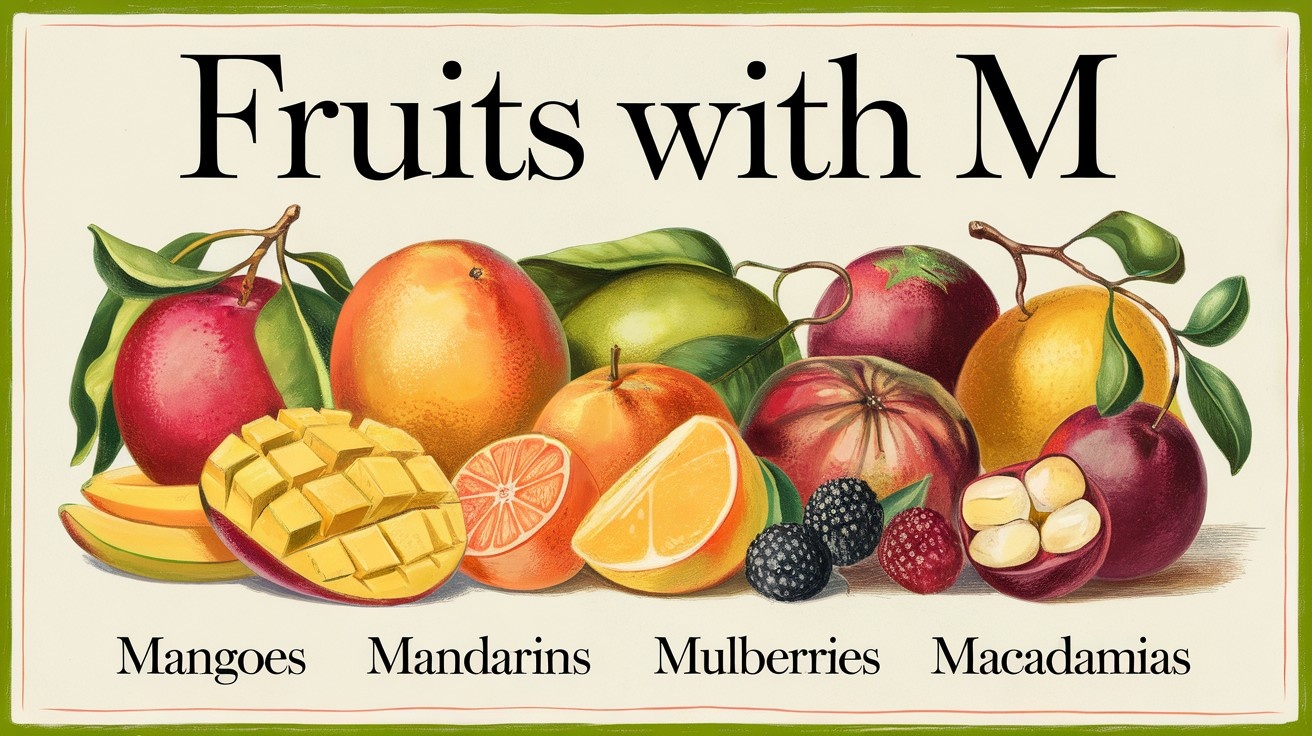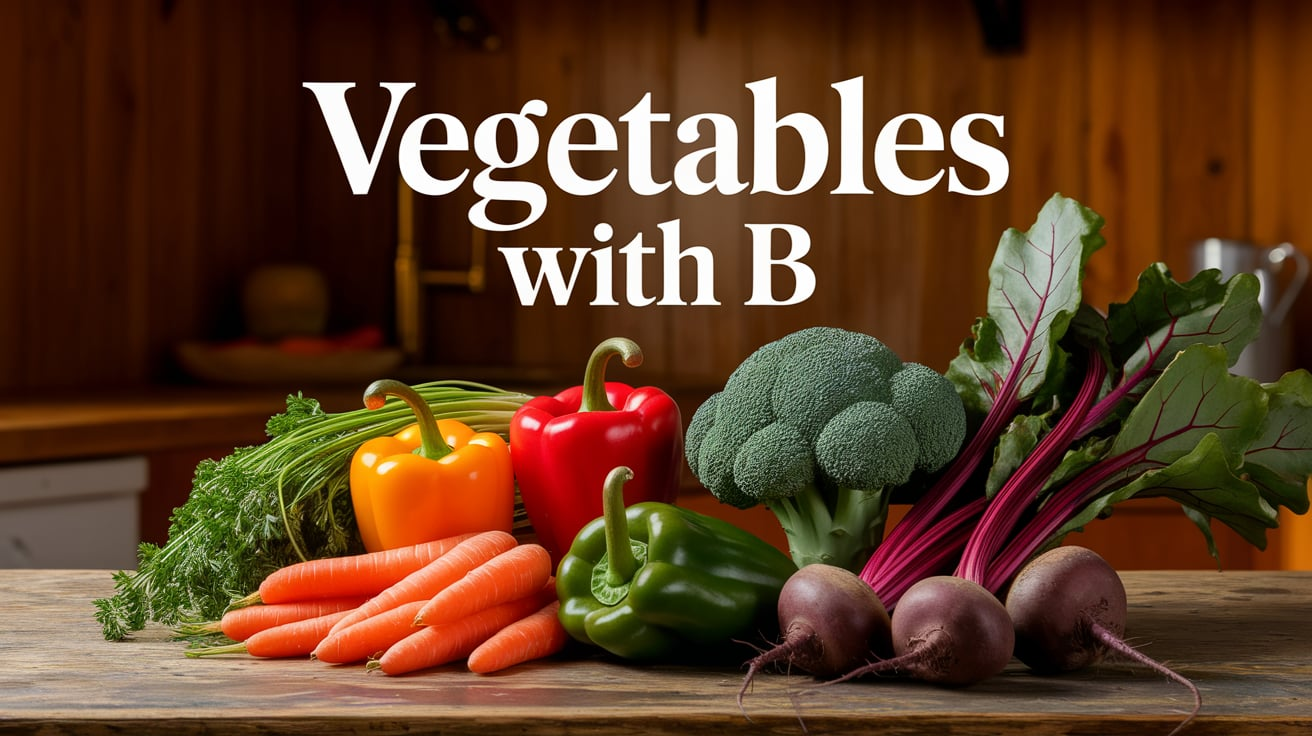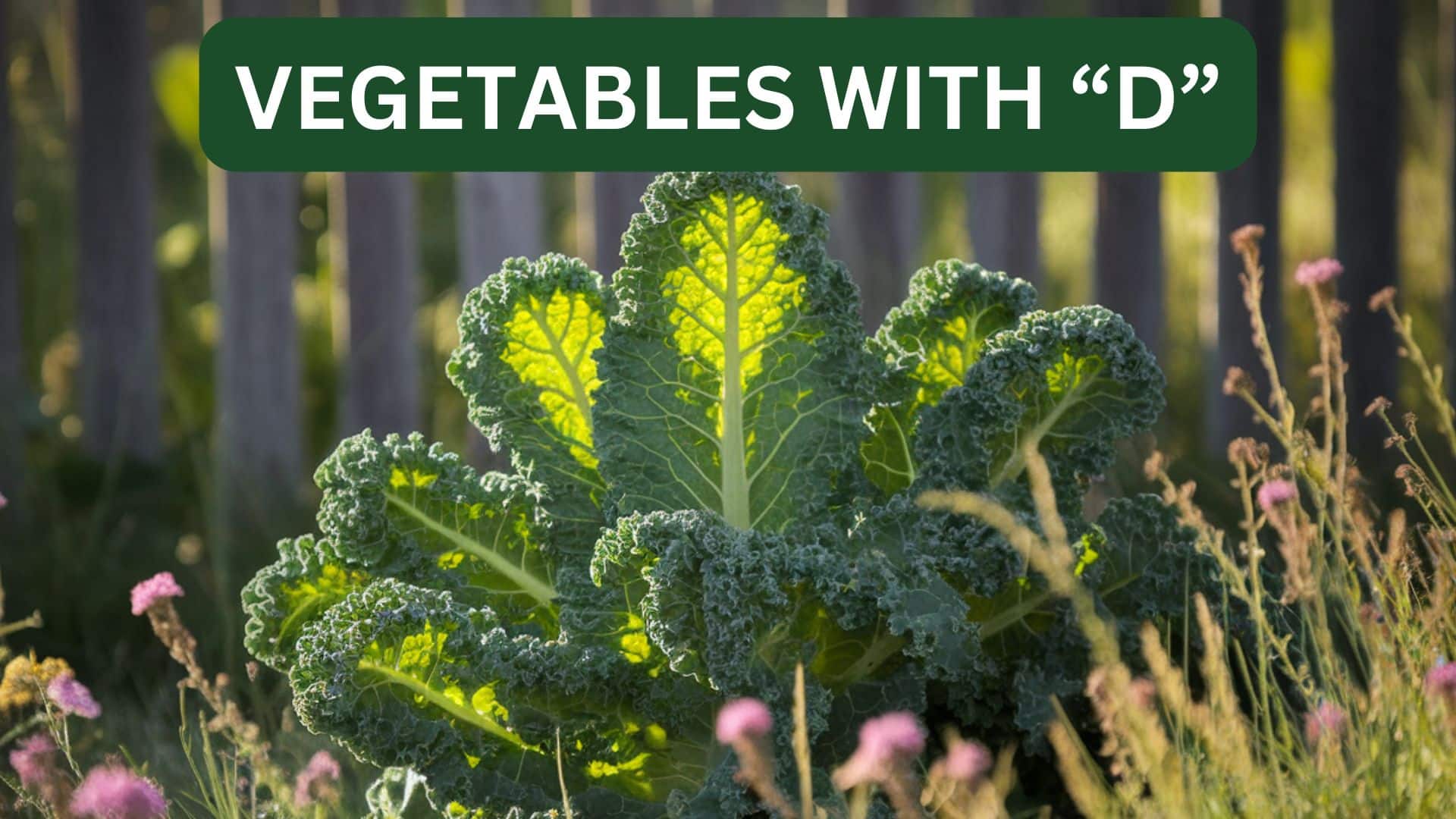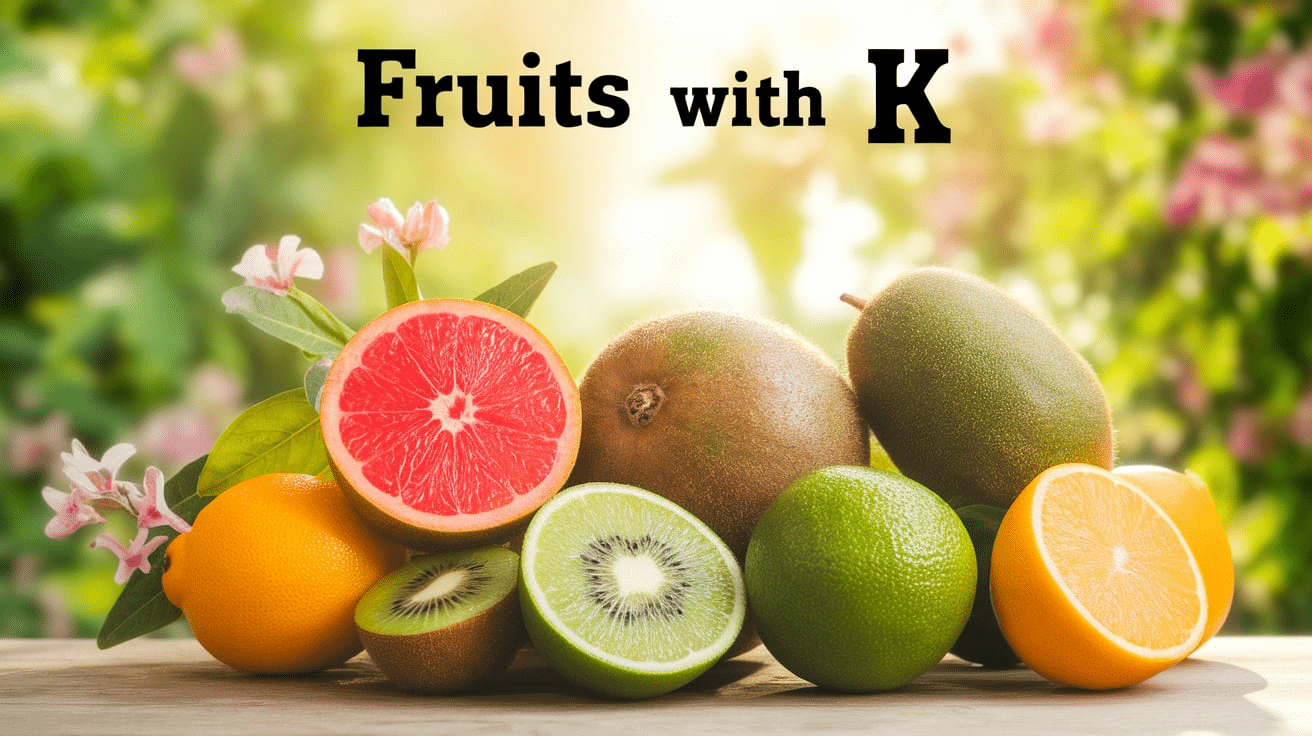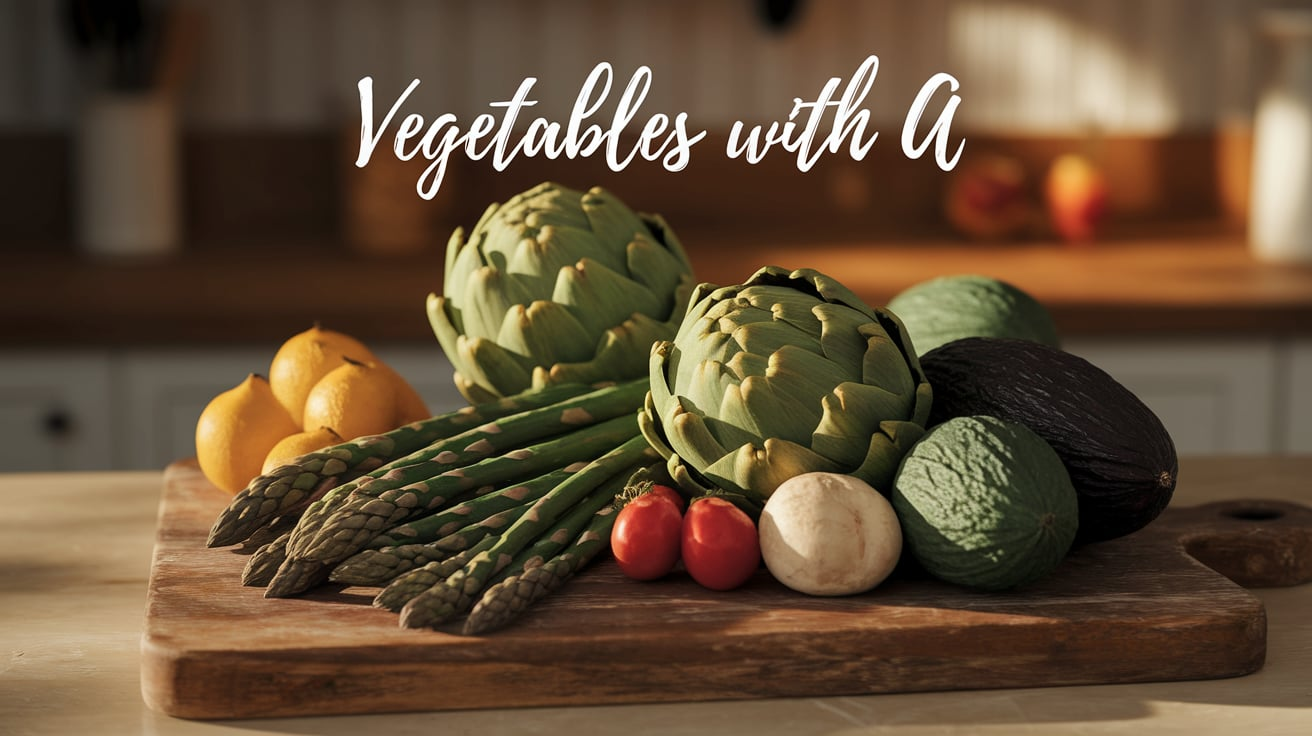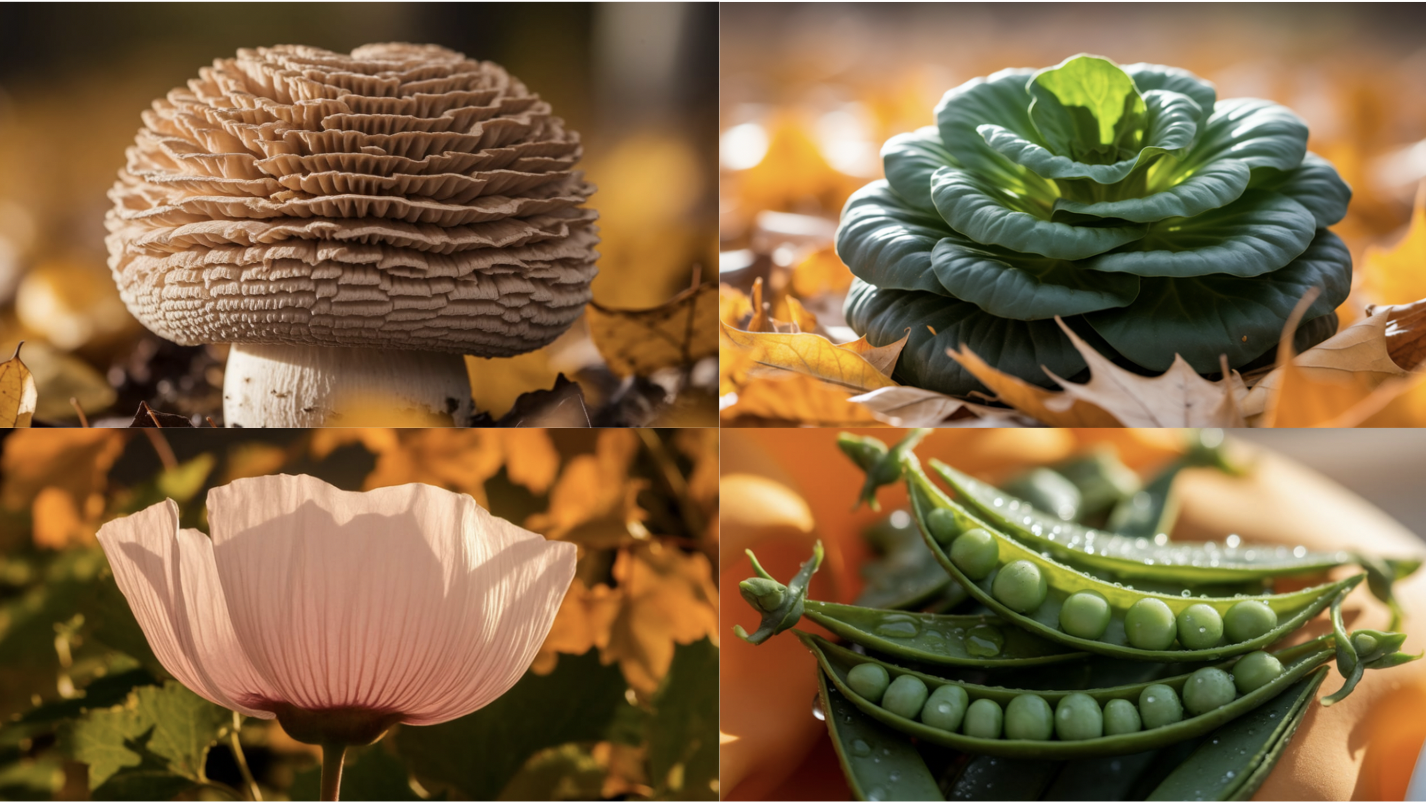
Scouring the vast world of nutrition reveals an impressive array of foods that not only tantalize our taste buds but also provide remarkable health benefits.
This guide highlights nine extraordinary foods beginning with the letter “M”—from Japan’s immune-boosting Maitake mushrooms to the United Kingdom’s hydrating marrow squash.
Each entry offers insights into the food’s origin, nutritional profile, and practical applications in various cuisines, whether you’re looking to improve your diet with iron-rich Malabar spinach, fiber-packed Mangelwurzel, or antioxidant-dense Mallow.
This collection demonstrates how diverse and nutritionally significant these often-overlooked foods can be.
Join us on a culinary trip across continents as we uncover the unique properties and potential health benefits of these “M” foods that deserve a place on your plate.
M for Mighty: 10 Mighty Vegetables You Need to Try
1. Maitake Mushroom
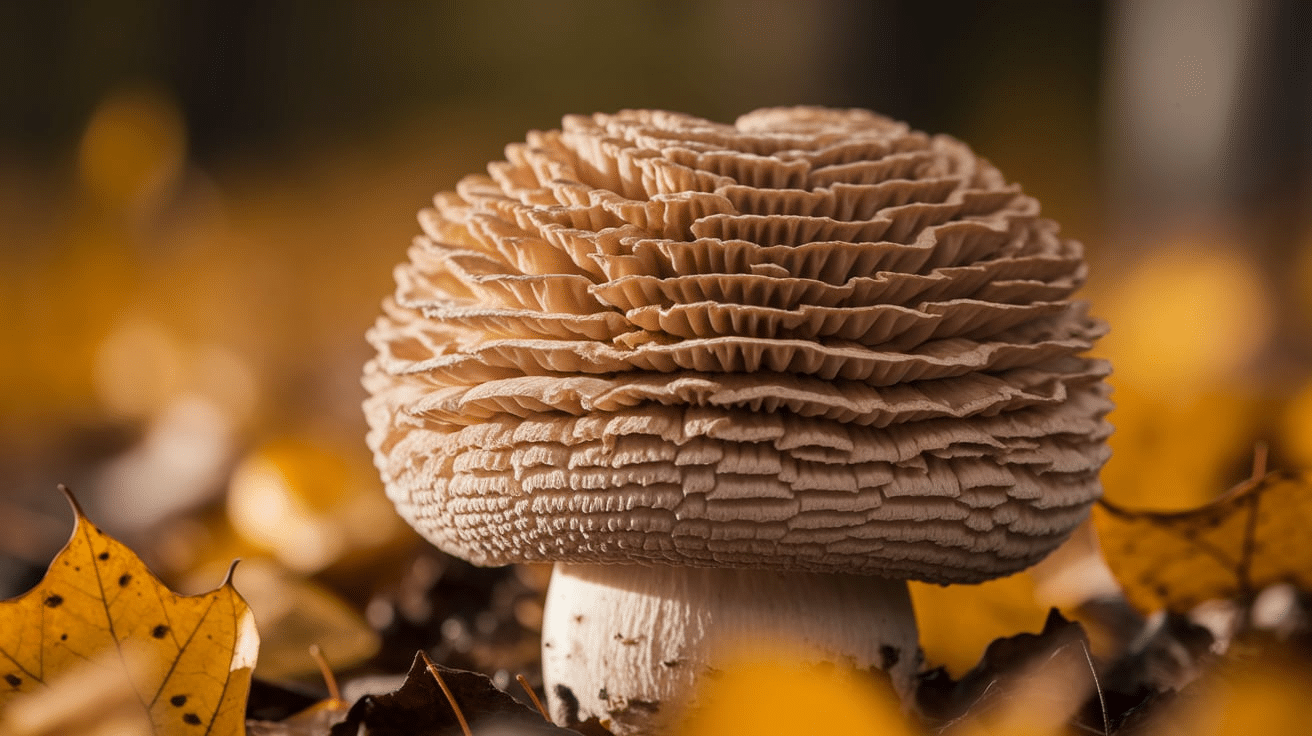
Maitake mushrooms, also known as “Hen of the Woods,” are a popular variety of edible fungi native to Japan.
These mushrooms are highly regarded for their distinct appearance, which resembles the ruffled feathers of a bird.
Maitake mushrooms are packed with antioxidants, including polyphenols and beta-glucans, which are known to support the immune system and fight inflammation.
They are also a great source of B-vitamins, which help convert food into energy and support the nervous system, with their earthy, rich flavor and meaty texture.
Maitake mushrooms are often used in soups, stir-fries, or even as a meat substitute in vegetarian dishes.
These mushrooms are also believed to have health benefits, including supporting heart health and regulating blood sugar levels.
- Mostly Found: Japan and parts of North America.
- Fun Fact: Maitake mushrooms were once considered a medicinal treasure in Japan, believed to promote longevity and vitality.
- Origin: Japan
- Nutritional Benefits: Rich in antioxidants, supports immune function
2. Maize (Corn)
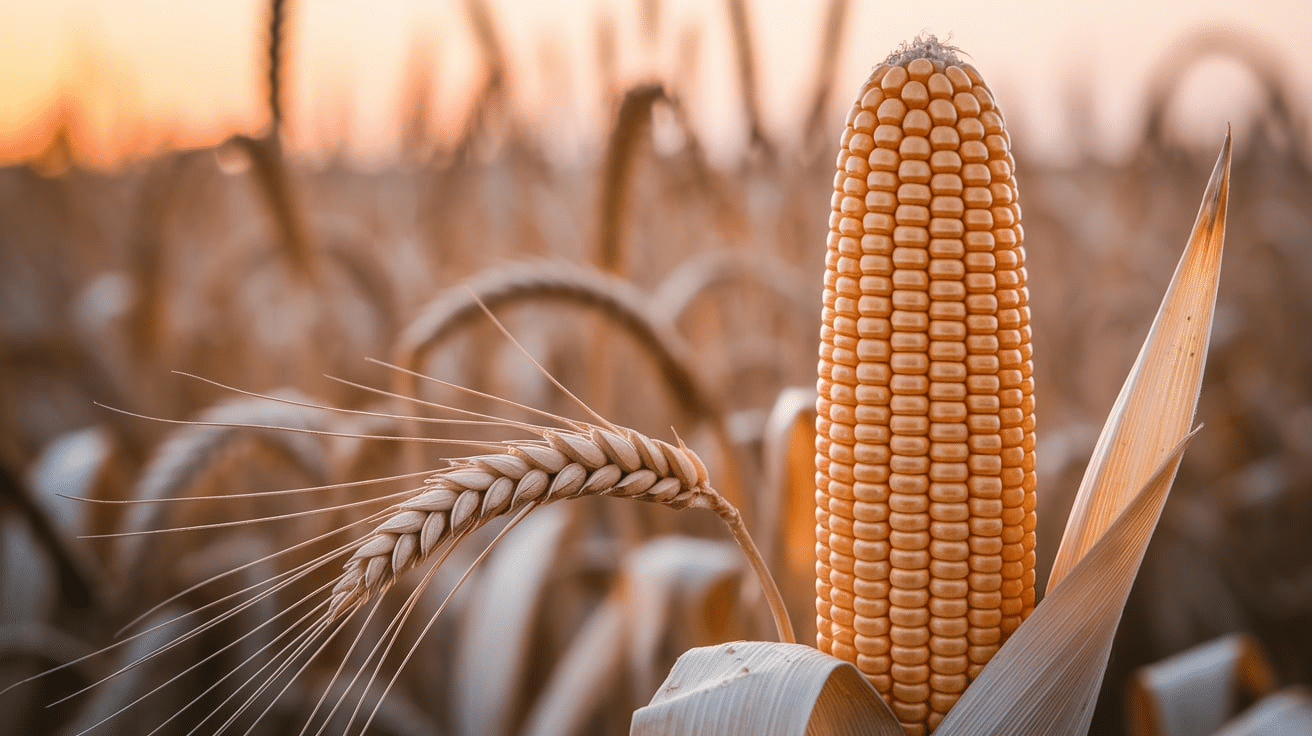
Maize, commonly known as corn, is one of the oldest and most widely cultivated crops in the world, originating from Central America.
Corn is a versatile food, used in various forms, including kernels, flour, and oil. It is a high-fiber vegetable that promotes digestive health by supporting regular bowel movements and reducing the risk of constipation.
Additionally, corn is rich in antioxidants like lutein and zeaxanthin, which are beneficial for maintaining good eye health.
The high fiber content also helps lower cholesterol levels and supports overall cardiovascular health. Whether served on the cob, popped into popcorn, or ground into cornmeal, maize continues to be a staple in many cultures worldwide.
- Mostly Found: Central and North America
- Fun Fact: Corn comes in many different colors, including yellow, white, blue, and even purple, each with unique flavor profiles.
- Origin: Central America
- Nutritional Benefits: High in fiber, supports heart health
3. Malabar Spinach
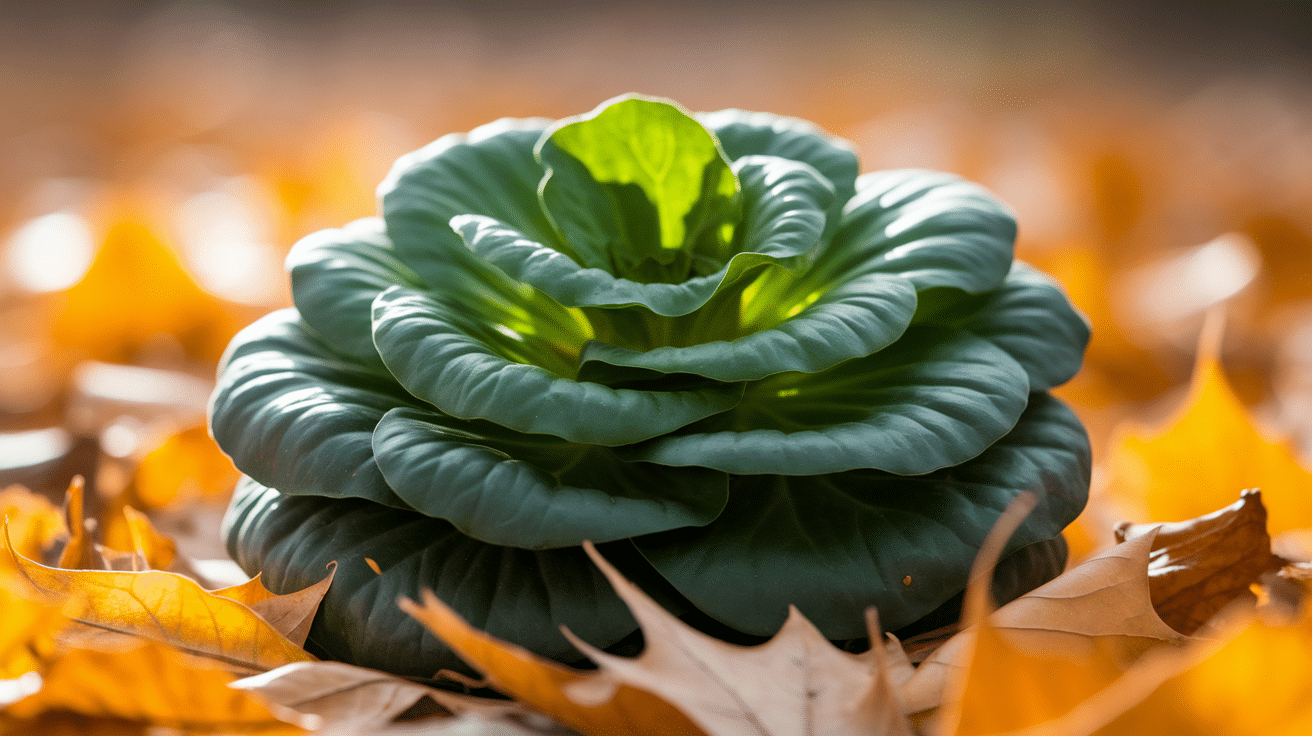
Malabar spinach, also known as Basella, is a fast-growing vine native to India. Unlike regular spinach, Malabar spinach thrives in warmer climates and is often grown in tropical and subtropical regions.
Its thick, fleshy leaves have a mild, slightly peppery taste and are rich in essential nutrients such as iron, calcium, and vitamins A and C.
Malabar spinach is particularly beneficial for blood health due to its high iron content, which helps prevent anemia and supports the formation of red blood cells.
It can be used in salads, soups, stir-fries, and curries, adding a nutrient-packed boost to various dishes. Its ability to grow in warm climates makes it a valuable addition to gardens in tropical regions.
- Mostly Found: India and Southeast Asia
- Fun Fact: Malabar spinach is often used in traditional Indian cooking, particularly in South Indian dishes like sambar and dal.
- Origin: India
- Nutritional Benefits: High in iron; supports blood health
4. Malanga

Malanga is a root vegetable from South America. It is closely related to taro and yams. It has a starchy texture and a mild, nutty flavor.
Malanga is a rich source of complex carbohydrates, which provide a slow and steady release of energy. Thus, it is an excellent food for sustaining energy levels throughout the day.
It also contains significant amounts of dietary fiber, which helps support digestive health and regulate blood sugar levels.
In addition to being high in carbohydrates, malanga is a good source of potassium, which supports heart health by helping to maintain healthy blood pressure levels. It can be boiled, mashed, or used in stews and soups.
- Mostly Found: South America and the Caribbean
- Fun Fact: Malanga is a popular ingredient in Latin American and Caribbean cuisine, often used as a starchy base for soups and side dishes.
- Origin: South America
- Nutritional Benefits: Rich in carbohydrates, supports energy levels
5. Mallow

Mallow, a flowering plant found in parts of Europe, Asia, and North Africa, is known for its soft, edible leaves and flowers.
The leaves and roots of the mallow plant have been used for centuries in traditional medicine and cooking.
Rich in antioxidants, mallow helps protect the skin from damage caused by free radicals, which can lead to premature aging and skin conditions.
The plant is also known for its soothing properties, often used in teas or as a topical remedy for irritated skin. Mallow leaves can be eaten raw in salads or cooked in soups and stews.
Their mild flavor makes them a versatile addition to various dishes, and their medicinal properties add to their popularity.
- Mostly Found: Europe, Asia, and North Africa
- Fun Fact: The mallow plant was traditionally used to treat sore throats and inflammation due to its natural soothing properties.
- Origin: Europe, Asia, and North Africa
- Nutritional Benefits: Rich in antioxidants, supports skin health
6. Manoa Lettuce
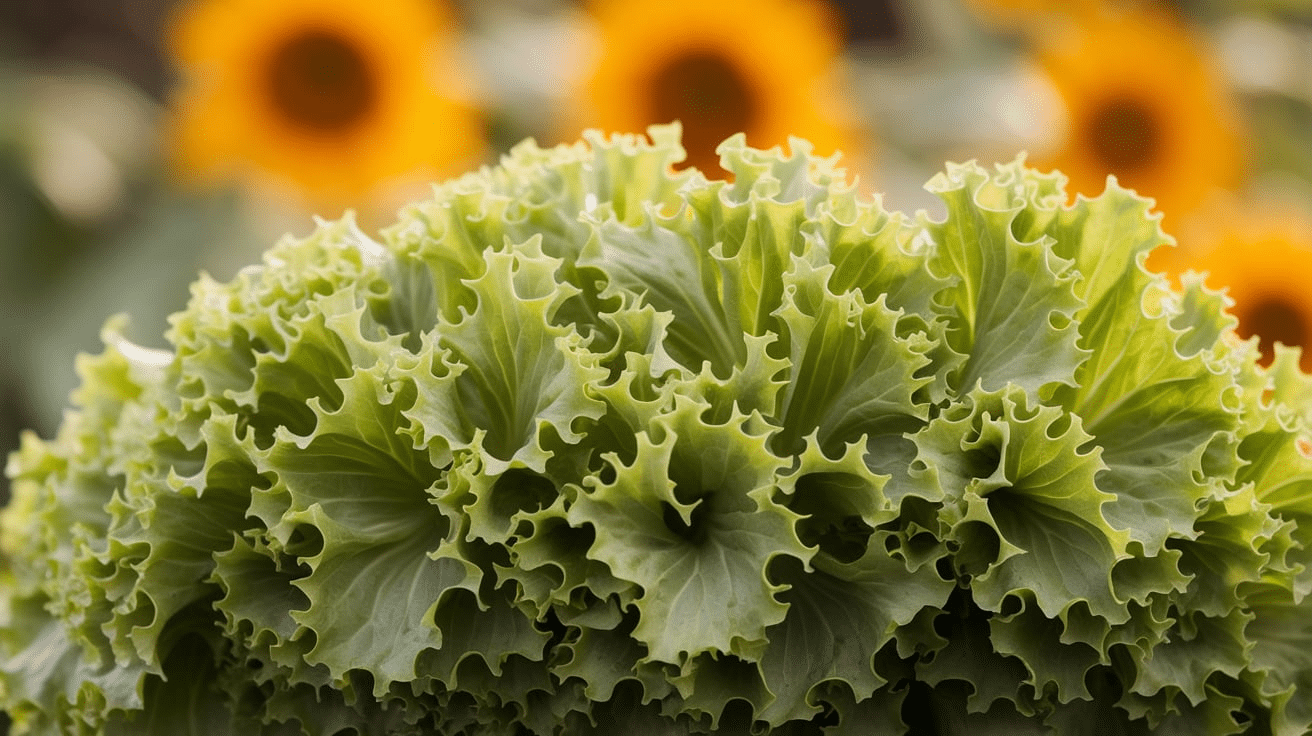
Manoa lettuce, a variety of leaf lettuce grown primarily in Hawaii, is prized for its crisp texture and sweet, mild flavor.
It is packed with vitamins A and K, two essential nutrients for maintaining good vision and supporting bone health. Vitamin A plays a crucial role in eye health by preventing conditions like night blindness and promoting healthy skin.
Vitamin K is vital for bone health as it helps in the absorption of calcium and improves bone density. Manoa lettuce is often used in salads and sandwiches, adding a fresh, crunchy element to a variety of dishes.
Due to its high nutrient content and mild taste, it is considered a great addition to a healthy diet.
- Mostly Found: Hawaii
- Fun Fact: Manoa lettuce was developed in Hawaii in the 1940s and has since become a popular variety of lettuce in local dishes.
- Origin: Hawaii
- Nutritional Benefits: High in vitamins A and K, supports eye and bone health
7. Mangelwurzel

Mangelwurzel, a root vegetable from Europe, is a variety of beetroot that is typically grown as animal fodder but is also used in human food in certain regions.
Known for its large size and high yield, Mangelwurzel has a mild, slightly sweet flavor that makes it suitable for a variety of dishes.
This root vegetable is a rich source of fiber, which supports digestive health by promoting regular bowel movements and aiding in the prevention of constipation.
Mangelwurzel also contains significant amounts of potassium, which helps regulate blood pressure and support heart health. It can be boiled, mashed, or used in soups and stews.
- Mostly Found: Europe
- Fun Fact: Historically, Mangelwurzel was primarily grown as feed for livestock, but it has gained popularity as a vegetable in some European cuisines.
- Origin: Europe
- Nutritional Benefits: High in fiber, supports digestion.
8. Mangetout (Snow Peas)
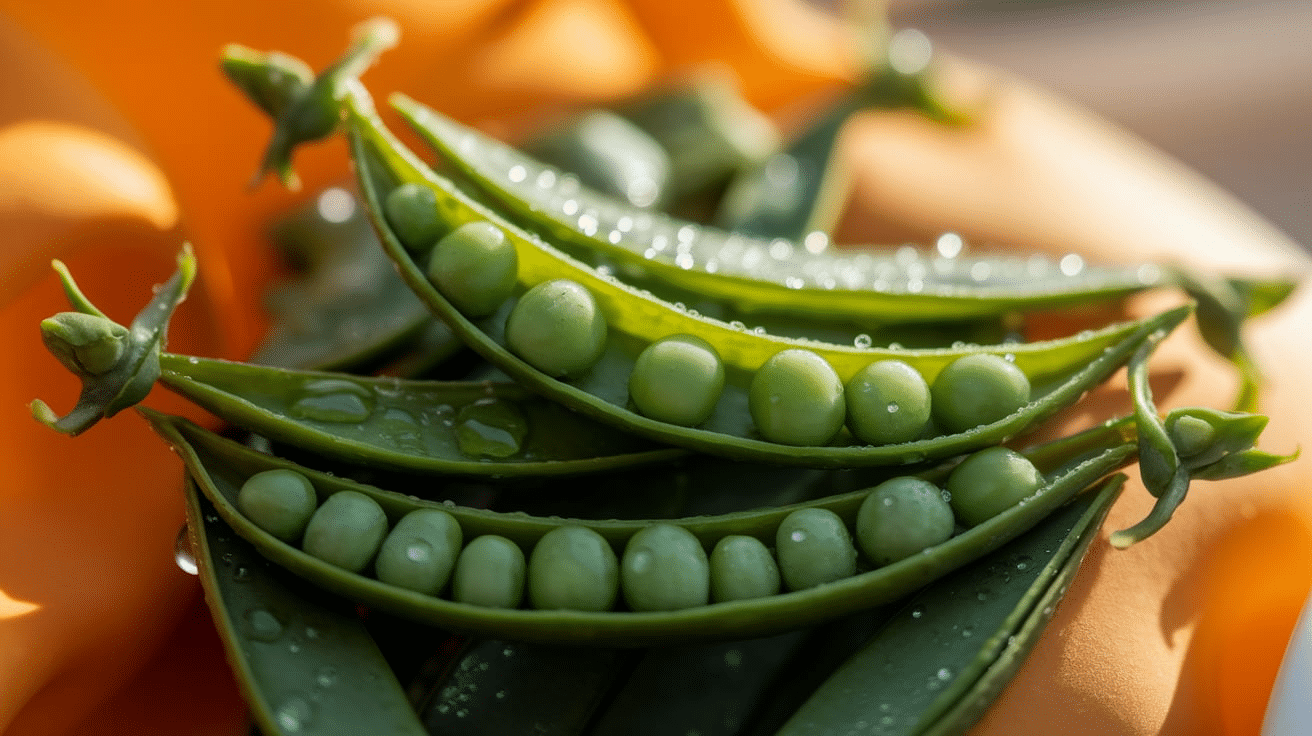
Mangetout, commonly known as snow peas, are an early-harvested variety of pea that is widely enjoyed for its crisp, sweet flavor and edible pods.
Native to Asia, snow peas are rich in vitamin C, an essential nutrient for boosting the immune system and maintaining healthy skin.
The vegetable also contains fiber, which supports digestion and helps regulate blood sugar levels. Snow peas are a great low-calorie option for people looking to maintain or lose weight, as they provide essential nutrients without adding excessive calories.
These peas are commonly used in stir-fries, salads, and soups, providing a crunchy texture and a burst of sweetness.
- Mostly Found: Asia
- Fun Fact: Mangetout is called “snow peas” because of its ability to thrive in cool weather, often harvested in the spring before they fully mature
- Origin: Asia
- Nutritional Benefits: High in vitamin C, supports immune function
9. Marrow
Marrow is a type of summer squash similar in shape to zucchini but with a larger, thicker texture. It is native to the United Kingdom and is often grown during the summer months.
Marrow is low in calories and contains a high amount of water, making it an excellent choice for hydration, particularly during hot weather.
In addition to its hydrating properties, marrow is rich in vitamins C and B6, both of which help support the immune system and enhance energy production.
Marrow can be stuffed with various fillings, roasted, or used in soups and stews, and its subtle, mild flavor complements a wide range of dishes.
- Mostly Found: United Kingdom
- Fun Fact: Marrow is often grown to large sizes, sometimes reaching up to 30 inches long, but it is usually harvested when it is smaller for better flavor and texture.
- Origin: United Kingdom
- Nutritional Benefits: Low in calories, supports hydration
Final Thoughts
The remarkable diversity of foods beginning with “M” showcases nature’s bounty and the incredible variety of nutritional benefits available to us.
From the antioxidant-rich Maitake mushrooms that support immune function to the versatile Maize that promotes heart health, each food offers unique advantages for overall well-being.
These foods represent culinary traditions from around the world—from Hawaii’s vitamin-rich Manoa lettuce to Europe’s digestive-supporting Mangelwurzel—demonstrating how different cultures have harnessed these nutritional powerhouses throughout history.
By incorporating these foods into our diets, we can enjoy not only their distinct flavors and textures but also their impressive health benefits, from improved blood health and energy levels to improved digestion and immune function.
A foodie looking to expand your palate or a health-conscious individual seeking to optimize your nutrition, these “M” foods offer accessible and tasty options to enrich your meals and boost your health.






